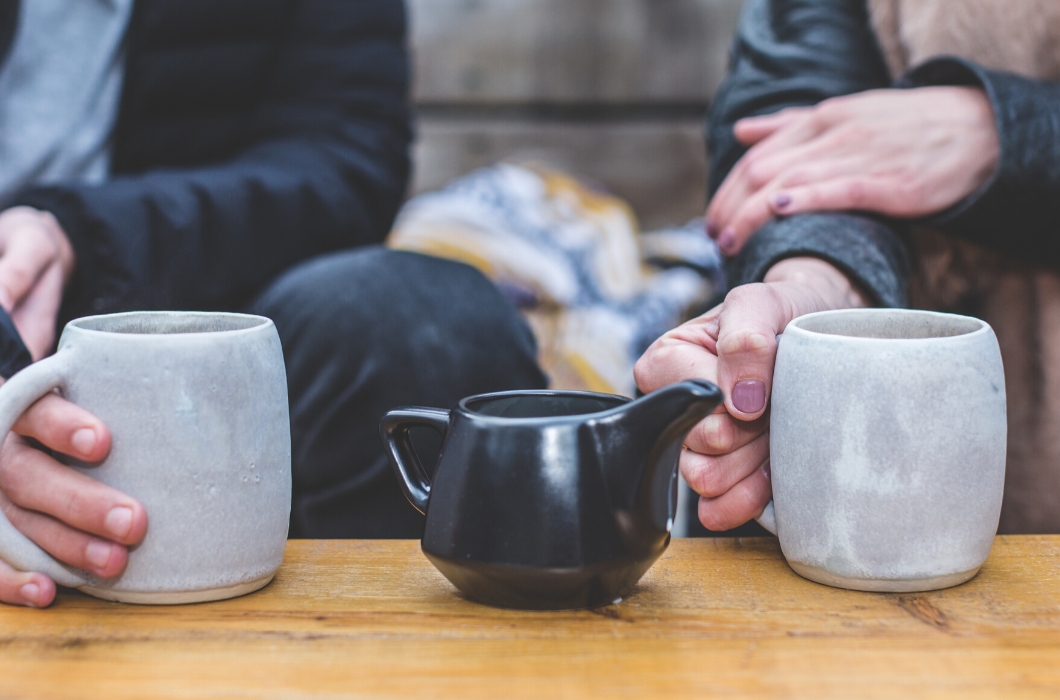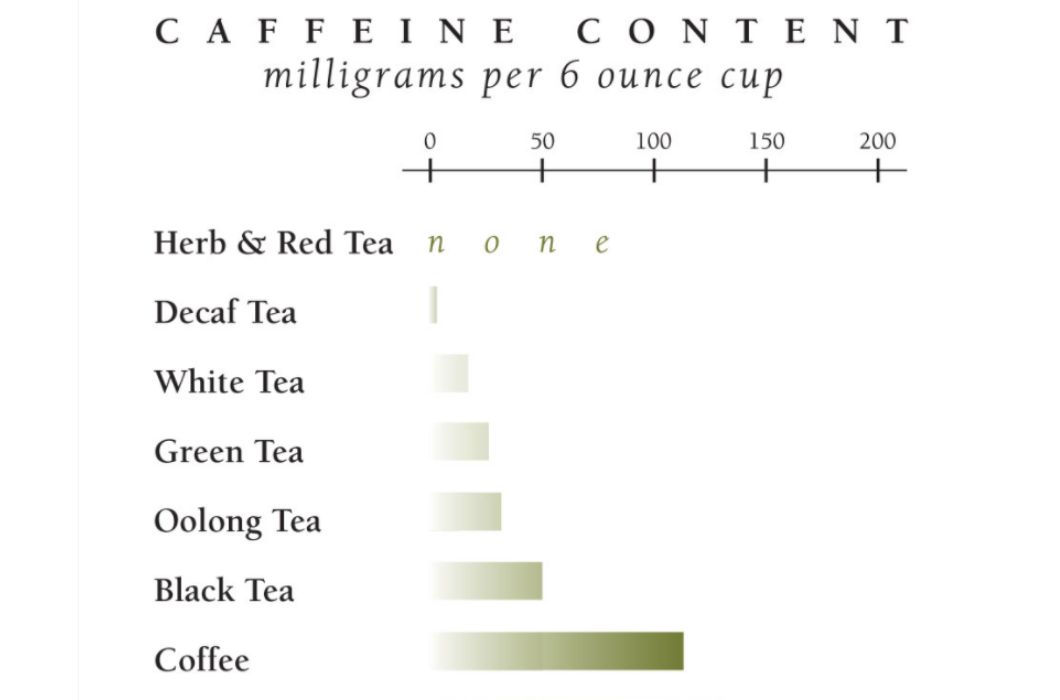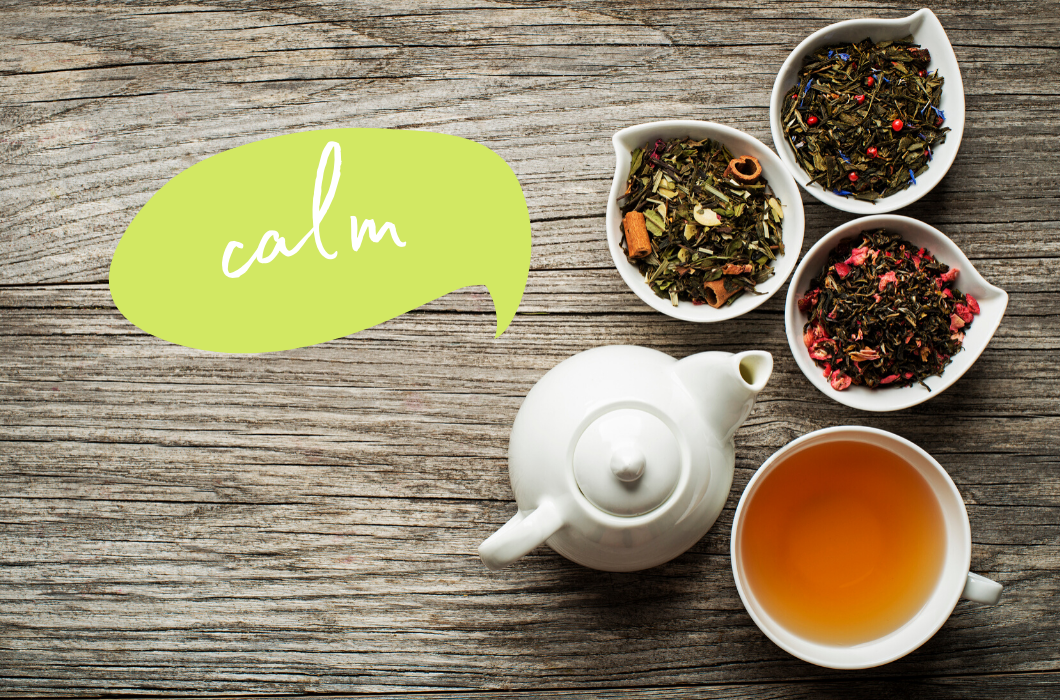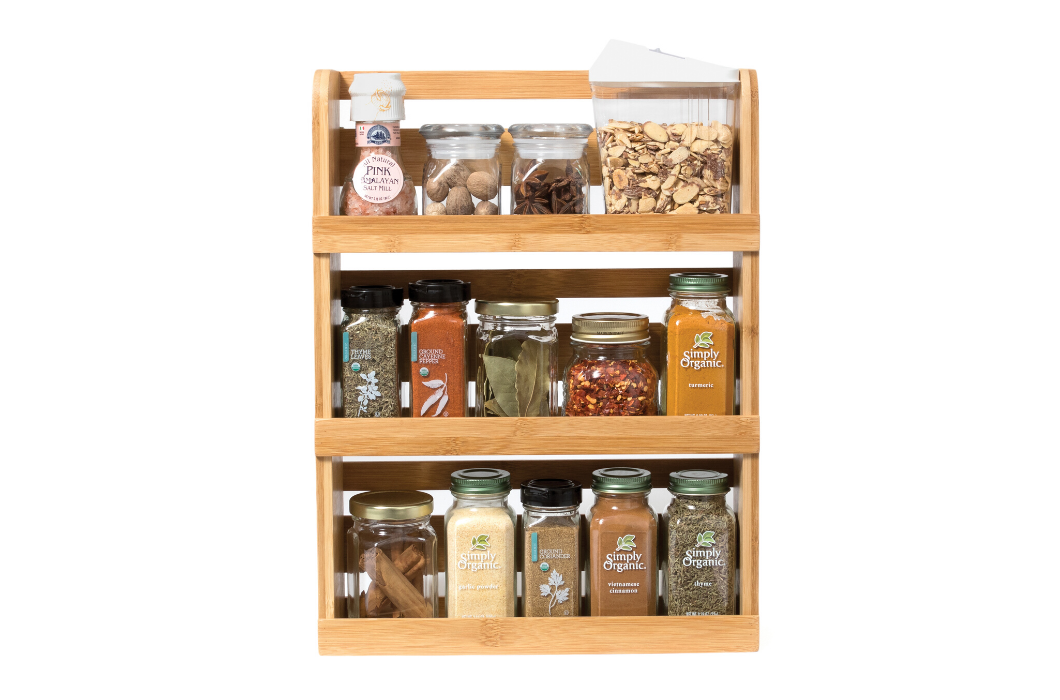Tea-L-C: Tea for Troubled Times Part 1
, by SaraMarie B.
We're in a period of time when peace, calm, and soundness of mind is more precious than any commodity. COVID-19 has turned the world on its head and some of us (myself included) are on the verge of succumbing to 'cabin fever'. To remain safe, we need to remember to enjoy the peace and comfort of home. While coffee is fairly unbeatable for get-up-and-go, tea is where people turn to find a moment of relaxation. So pull up a chair, sit back, relax and read up on part one of our two part series on Tea-L-C.
Kitchen habits the world over center around savoring a cup of tea. Perhaps that’s part of why tea is so comforting - people everywhere are enjoying it, each culture in its own way. Especially in these unprecedented and troubled times, it feels good to share a common bond.
Generations of grandmothers, writers, and artists the world over have long been inspired by this favorite beverage. The “Tea Stories” zine is a recent collection of stories and illustrations all about tea curated by Australian writer, illustrator, and designer Naomi Bulger. Her book is available to download for free. She recommends that the small book be printed and shared with loved ones. Find it here, read it, and then mail it to someone special, maybe with one or two of your favorite tea bags included!
Health Benefits of Tea
Tea has long been touted as the solution to any problem - just ask a Brit! While this mostly refers to what happens when people sit down and share, tea has also been studied seriously for health benefits. L-Theanine is a chemical found in tea which, researchers say,“has the potential to promote mental health in the general population with stress-related ailments and cognitive impairments.[1]” Stress reduction and improved mental health is certainly something we could all do with right about now!
The polyphenols in green tea specifically have been proven to fight against cancer in humans[2] and have also been studied for their contribution to other areas of health and wellness. There’s never been a better time to invest in your health, and adding tea to your diet is an easy and very affordable way to do it.
[1] https://www.ncbi.nlm.nih.gov/pubmed/31623400
[2] https://www.ncbi.nlm.nih.gov/pmc/articles/PMC2635719/

If you fall in love with the idea of using tea to support your health, you will find yourself with many, many options. Some traditional and very easily accessible remedies like mint or ginger tea for an upset stomach can be made from herbs already in your garden. In fact, many garden supply stores and nurseries sell seed kits for growing your own tea garden! While they never include seeds for Camelia sinensis, the black tea plant, they will often include plants like spearmint, lavender, lemon balm, and chamomile.
Tea Facts
- All tea contains caffeine - even if it’s been decaffeinated. For tea that is not caffeinated, look for herbal teas or rooibos (red) tea, which technically isn’t “tea” at all! These are more accurately described as herbal tisanes, but no one really says that anymore.
- The only plant that produces true “tea” is the Camellia sinensis bush. It is a difficult plant to make happy and only grows well under certain conditions.

- Though the world’s tea crop is primarily grown in China, India, and Kenya, intrepid farmers here in the US are also contributing with small batches of premium tea.
- Charleston Tea Plantation in South Carolina was the first American tea grower to produce a blend that was 100% American grown. They still sell that blend today, and you too can purchase their iconic “American Classic” that’s a Made in America piece of history.

Storing and Organizing Your Tea
Speaking from personal experience, it’s very helpful to have a place to store these tea options. Cabinet and pantry space is at a premium in most homes - especially now with pantries needing to stock more dry goods than usual. Instead of on shelves that could be used for larger items, I store my tea on a rack screwed directly into the wall of my back staircase. It’s best to keep your tea in dark, dry, and cool conditions if possible.
Many high-end teas are sold in airtight tins for this very reason. Small jars of herbs to use in tea, such as lavender and dried rose will fit perfectly on our Bamboo 3-Tier Spice Rack - which can be wall mounted easily using the attached rings.

The Zen of Tea
Between growing your own tea in your garden (or window box!), sipping tea, and organizing it, you are bound to feel more calm and collected. Tea allows a moment of pause and reflection to check in with ourselves and perhaps find inner fortitude that was forgotten. As the weather gets nicer, let’s also try to lift our spirits and invest time in the activities that make us happy. We aren’t through this global time of crisis quite yet, but hope is on the horizon and in our next post we will look forward to what is next by talking about using tea when entertaining. Until then, be well. Sending a little love to your home from all of us at Lipper.

